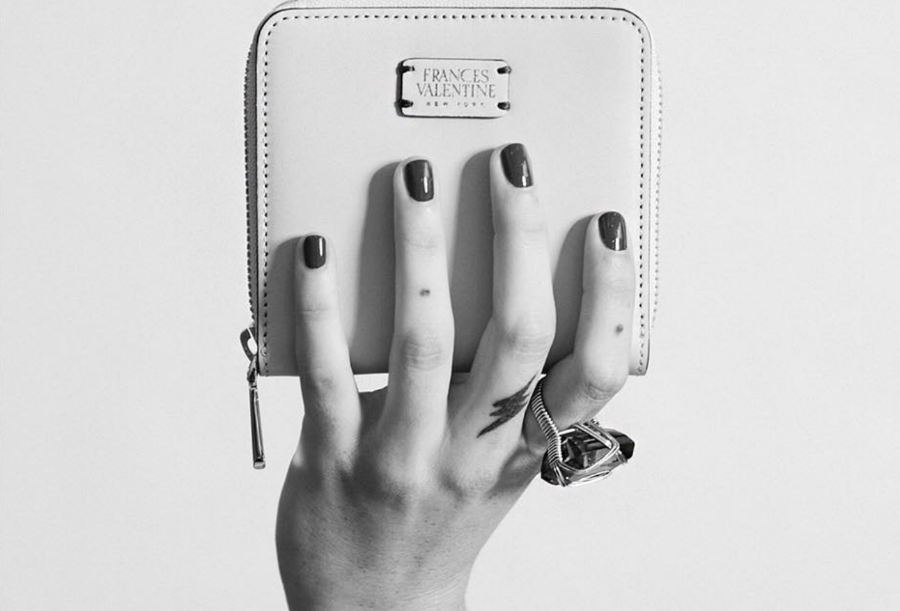
image: Frances Valentine
In light of the tragic death of designer Kate Spade on Tuesday, we take a look back at an article from 2016 addressing the value of the Kate Spade trademark and what became of her name (i.e., her trademark) when she sold her eponymous label …
Kate Spade is one of the latest designers to forfeit the right to use her name. As you may know, when Kate Spade launched her handbag company Kate Spade LLC, she used her real name as the company name, making it one of the most valuable assets of the brand, one of its key trademarks. This worked wonderfully for Ms. Spade and her co-founder husband, Andy, for the 14 years they spent with the brand (from its founding in January 1993 to Ms. Spade’s departure from the company in 2007).
When the company was acquired by Liz Claiborne in 2007 for $125 million, an enormous part of the deal was the acquisition of the Kate Spade intellectual property. Most notably: Its trademarks.
Ms. Spade, herself, likely entered into an iron-clad agreement with Claiborne. She had, after all, assigned nearly all rights to the use of her name as a trademark to her company before the company was sold to Liz Claiborne. The agreement likely allowed Spade to use her name to identify herself personally, but not much more. As a result, when Spade departed, she surrendered the right to use her personal name in a commercial manner – even though it is her personal name – as such use would infringe the trademark rights now owned by Liz Claiborne. She can still use her name for other, non-commercial uses.
This is not an uncommon tale. In one of the most famous instances of designers losing the right to use their names, Joseph Abboud sold his menswear company, JA Apparel Corp., for $65.5 million in 2000. As a condition of the sale, he worked for the company under a personal services agreement until 2005, and agreed not to compete with the brand for a period of two years after the termination of the agreement.
It was after this period had lapsed that Abboud announced the launch of his new collection, entitled, “jaz.” Abboud proposed—but was barred from—using the phrases “a new composition by designer Joseph Abboud” and “by the award-winning designer Joseph Abboud” in connection with the collection. A court later found these would likely cause confusion among consumers, and thus, constituted trademark infringement. (JA Apparel Corp. v. Joseph Abboud, et al., No. 07-Civ. 7787 (SDNY)).
But back to Kate Spade. Following the sale of her brand to Liz Claiborne, the designer has been forced to rebrand if she wants to design – and she has done just that. In November 2015, she announced that with the help of her husband Andy Spade and Elyce Arons – the three of whom cofounded Kate Spade together in 1993 – she would launch a new footwear and handbag label, Frances Valentine. Spade has taken it a step further though and legally changed her personal name, as well.
Early this year, it was reported that Kate Spade is no more. The designer has ditched her last name in favor of “Valentine,” a family name. Speaking to BoF about the change she said: “We’re not trying to be cheeky or coy. It really was to distinguish the name, and separate the two worlds. Obviously we’re super proud of Kate Spade and we want to be respective of both.”
Moreover, the name change allows her quite a bit more freedom to actually use her name to promote her name brand than she would have otherwise had. In this way, the name change insures against a large number of legal woes, particularly in the vein of those that Abboud experienced.
It is worth noting that it is entirely possible for a designer to sell a company with a trademark based on his/her real name while maintaining the right to use his/her real name in business in the future. However, few buyers would agree to deal in which the seller retains this right because intellectual property, including trademarks and their associated goodwill (an intangible asset that provides added value to a trademark’s worth), often serves as one of the core assets in such a deal.











